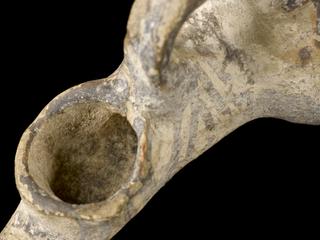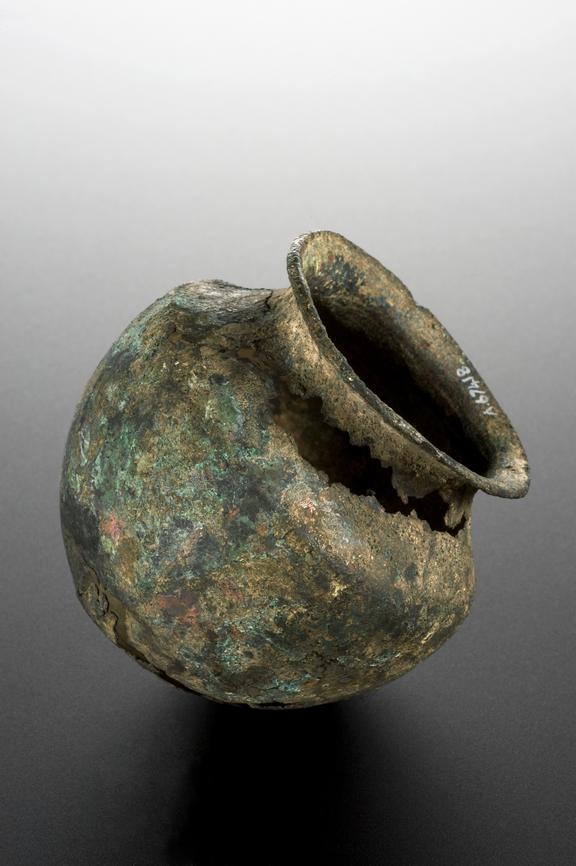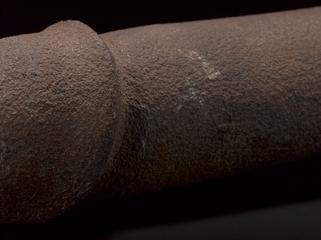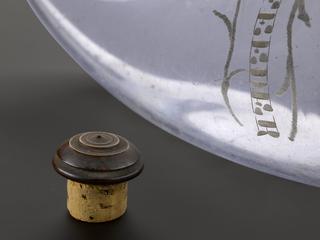
Ancient Greek Cupping Cup
- Made:
- 400 BCE- 100 BCE in Greece

Bronze cupping cup, Greek, excavated in Syracuse, 1926
Cupping is the practice of placing heated cups or vessels like this on the body. It is believed to draw out any impurities and bring blood to the surface of the skin. This is known as dry cupping. Wet cupping is when the welts left on the body are cut to let blood flow out. It was believed that this would re-balance the humours and restore a person to health. This cupping vessel was excavated at an archaeological dig in Syracuse, Sicily, in 1926. Archaeological digs were one of Henry Wellcome’s obsessions.
Details
- Category:
- Classical & Medieval Medicine
- Collection:
- Sir Henry Wellcome's Museum Collection
- Object Number:
- A67418
- Materials:
- bronze
- Measurements:
-
overall: 70 mm 85 mm, 0.07 kg
- type:
- cupping vessel
- credit:
- Renn Raen




